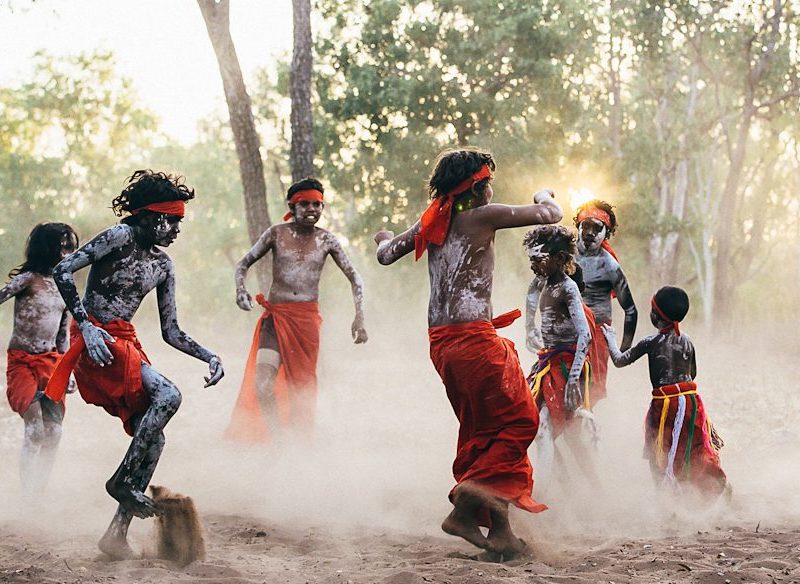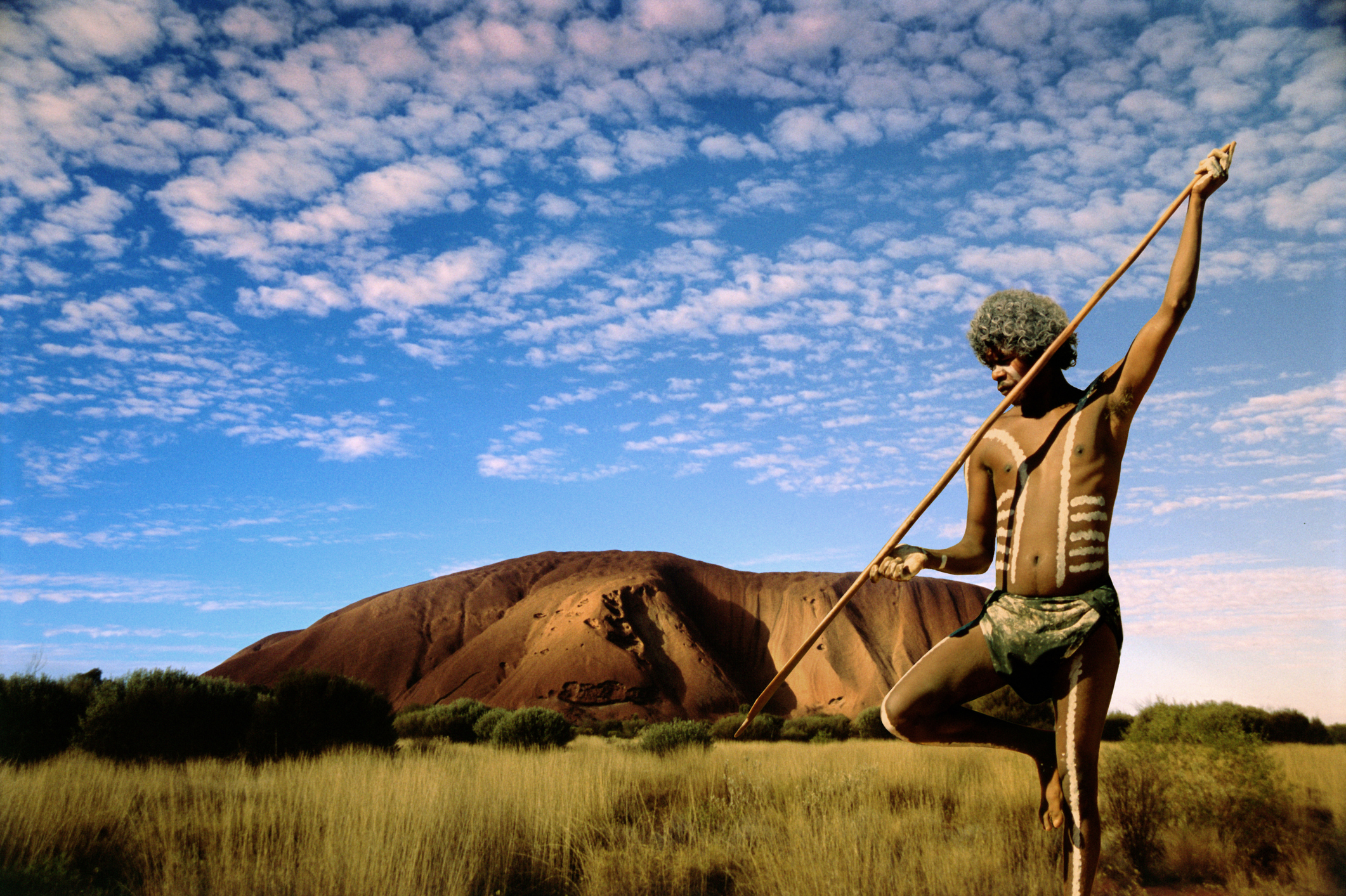The Rich Tapestry of Aboriginal Culture: A Journey Through Australia’s Indigenous Heritage
The Rich Tapestry of Aboriginal Culture: A Journey Through Australia’s Indigenous Heritage

Australia, a land of vast deserts, lush rainforests, and a unique ecosystem, is also home to one of the oldest and most diverse cultures on Earth: the Aboriginal culture. For over 65,000 years, Aboriginal people have thrived on this continent, developing a deep connection with the land, a complex social structure, and a rich artistic tradition that continues to inspire and captivate the world. This article delves into the fascinating world of Aboriginal culture, exploring its history, traditions, and the challenges it faces in the modern era.
The Ancient Origins of Aboriginal Culture:
Related Articles: The Rich Tapestry of Aboriginal Culture: A Journey Through Australia’s Indigenous Heritage
- Are Stingless Bees Friendly? Exploring The Gentle Giants Of The Insect World
- Beyond Bush Tucker: Exploring The Rich Tapestry Of Aboriginal Food Culture
- Indigenous Vs AboriginalTitle
- A Bounty Of Bush Tucker: Exploring The Diverse World Of Indigenous Australian Fruits
- Unraveling The Tapestry Of Aboriginal Surnames: A Journey Through History And Identity
The story of Aboriginal culture begins long before the arrival of Europeans. Archaeological evidence suggests that Aboriginal people arrived in Australia from Southeast Asia around 65,000 years ago, making it one of the longest continuous cultures on the planet. This immense span of time allowed for the development of a unique and sophisticated way of life, intricately intertwined with the natural environment.
The Land as a Living Entity:
For Aboriginal people, the land is not just a resource to be exploited but a living entity, a spiritual ancestor, and a source of life. This deep connection to the land is reflected in their intricate knowledge of the environment, their sustainable practices, and their complex system of beliefs. Every rock, river, and tree holds a story, a connection to the Dreaming, a spiritual realm where ancestral beings shaped the landscape and imbued it with meaning.
The Diversity of Aboriginal Cultures:
Australia is a vast continent, and Aboriginal culture is not a monolithic entity. It is a tapestry woven from hundreds of distinct language groups and tribal nations, each with its own unique customs, traditions, and beliefs. These differences are reflected in everything from their art and music to their social structures and spiritual practices.
The Power of Storytelling:
Oral tradition is the lifeblood of Aboriginal culture. Stories passed down through generations, often through song and dance, preserve history, knowledge, and spiritual beliefs. These stories are not just entertaining; they are a vital link to the past, shaping the present and guiding the future.
The Importance of Art and Ceremony:

Aboriginal art is a powerful expression of their connection to the land, their beliefs, and their history. From intricate rock paintings to vibrant bark paintings and intricate dot paintings, their art is a visual language that speaks to the heart of their culture. Ceremonies, often involving intricate dances, songs, and rituals, play a crucial role in maintaining cultural traditions, honoring ancestors, and connecting with the spiritual realm.
The Impact of Colonization:
The arrival of Europeans in the 18th century marked a turning point in Aboriginal history. Colonization brought with it disease, dispossession, and forced assimilation policies, which had a devastating impact on Aboriginal communities. Many traditional practices were outlawed, languages were suppressed, and families were torn apart.
The Fight for Recognition and Reconciliation:
Despite the challenges they faced, Aboriginal people have never given up their fight for recognition, respect, and justice. The 1967 referendum, which granted Aboriginal people full citizenship, was a significant step forward, but much work remains to be done. Today, the fight for reconciliation is ongoing, with a focus on closing the gap in health, education, and employment outcomes for Aboriginal people.

The Future of Aboriginal Culture:
The future of Aboriginal culture is bright, but it faces many challenges. The younger generation is embracing their heritage with pride, using traditional knowledge to address contemporary issues, and finding new ways to share their culture with the world.
The Role of Education and Awareness:
Education plays a crucial role in promoting understanding and appreciation of Aboriginal culture. By learning about their history, traditions, and the challenges they face, we can foster respect and build a more inclusive society.
Supporting Indigenous Businesses and Artists:

Supporting Indigenous businesses and artists is another way to contribute to the preservation and revitalization of Aboriginal culture. By purchasing their art, crafts, and products, we help to sustain their livelihoods and celebrate their unique talents.
The Importance of Respect and Acknowledgment:
As we navigate this journey of understanding and appreciation, it is vital to remember that Aboriginal culture is not a museum exhibit to be observed from a distance. It is a living, breathing entity, rich in history, tradition, and resilience. We must approach it with respect, acknowledging the pain of the past and celebrating the strength and beauty of Aboriginal culture.
FAQ about Aboriginal Culture in Australia:
Q: How long have Aboriginal people lived in Australia?
A: Archaeological evidence suggests that Aboriginal people have lived in Australia for over 65,000 years, making it one of the oldest continuous cultures on Earth.
Q: What is the Dreaming?
A: The Dreaming is a spiritual realm in Aboriginal belief systems where ancestral beings shaped the landscape and imbued it with meaning. It is a source of knowledge, stories, and spiritual connection to the land.
Q: What are some of the challenges facing Aboriginal people today?
A: Aboriginal people continue to face challenges related to health, education, employment, and social justice. These issues are often linked to the historical legacy of colonization and the ongoing need for reconciliation.
Q: How can I learn more about Aboriginal culture?
A: There are many ways to learn more about Aboriginal culture. You can visit museums, art galleries, and cultural centers, attend traditional performances, read books and articles, and connect with Indigenous communities.
Q: How can I support Aboriginal people and their culture?
A: You can support Aboriginal people by learning about their history and culture, supporting Indigenous businesses and artists, and advocating for policies that promote equality and justice.
Q: What is the significance of the 1967 referendum?
A: The 1967 referendum granted Aboriginal people full citizenship, including the right to be counted in the census. This was a significant step forward in the fight for recognition and equality.
Q: What is the difference between "Aboriginal" and "Indigenous"?
A: The terms "Aboriginal" and "Indigenous" are often used interchangeably, but there are subtle differences. "Aboriginal" specifically refers to the First Nations people of mainland Australia, while "Indigenous" is a broader term that encompasses all First Nations people across the country, including Torres Strait Islander people.
Q: What is the role of the Australian government in supporting Aboriginal culture?
A: The Australian government has a responsibility to support Aboriginal culture and communities through various programs and initiatives, including funding for education, health, and economic development.
Q: What are some of the key aspects of Aboriginal culture that are still relevant today?
A: Many aspects of Aboriginal culture, such as their deep connection to the land, their oral traditions, their art and music, and their strong sense of community, remain relevant and inspiring today. They offer valuable insights into sustainable living, social harmony, and the importance of cultural preservation.

Closure
Thus, we hope this article has provided valuable insights into The Rich Tapestry of Aboriginal Culture: A Journey Through Australia’s Indigenous Heritage. We hope you find this article informative and beneficial. See you in our next article!